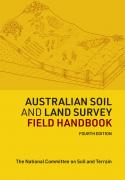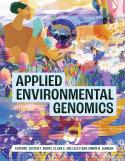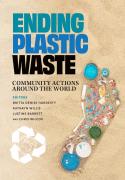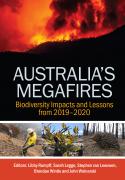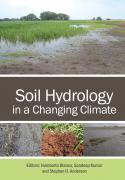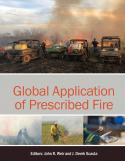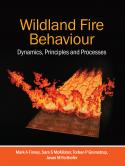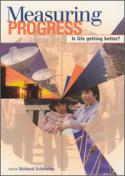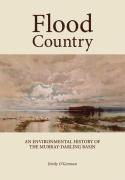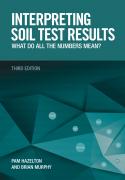The rapidly increasing number of threatened flora and fauna species worldwide is one of the chief problems confronting environmental professionals today. This problem is largely due to the impact humans have had on land use through development (e.g. agricultural, residential, industrial, infrastructure and mining developments).
The requirement for developers to implement measures to reduce the impacts of development on wildlife is underpinned by government legislation. A variety of measures or strategies are available to reduce such impacts, including those to reduce impacts on flora and fauna during land clearance, to deter fauna from potential hazards, to facilitate the movement of fauna around and through a development site as well as those to provide additional habitat. In recent years, considerable advances have been made in the techniques used to reduce the impacts of development on wildlife in Australia and overseas.
Reducing the Impacts of Development on Wildlife contains a comprehensive range of practical measures to assist others to reduce the impacts resulting from development on terrestrial flora and fauna, and promotes ecologically sustainable development. It will be very useful to environmental consultants and managers, developers, strategists, policy makers and regulators, as well as community environmental groups and students.
2012 Whitley Award Commendation for Zoological Text.







